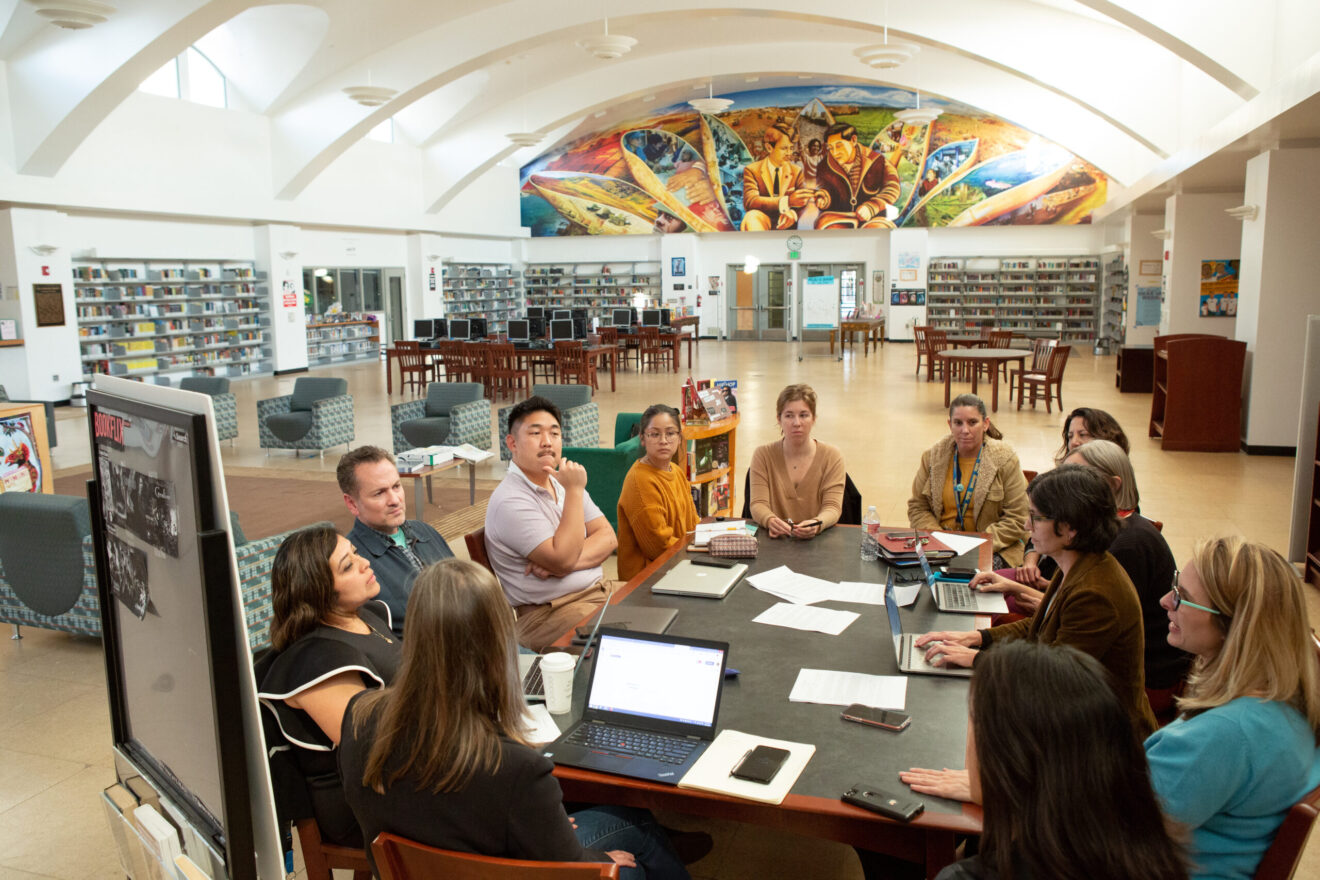It goes without saying that districts are facing unprecedented challenges this year. Planning for potential school openings (as well as potential closings), implementing new and costly safety protocols, and navigating distanced teaching and learning headline just some of these challenges. Throw in doing all of this while operating on severely diminished budgets, district leaders are certainly dealing with a steep uphill battle.
However, despite these challenges, districts must remain steadfast in their commitment to providing students with the highest quality education possible. How do they do this? It starts with supporting teachers and prioritizing professional development.
The need for PD
Now, more than ever, teachers need quality professional development. All teachers — even the most experienced ones — have to learn new instructional strategies, new technologies, new ways to facilitate online discussion and how to engage students remotely. This takes time and coaching.
To put it in perspective, certification in online teaching by the International Society for Technology in Education requires 30 hours of face-to-face and online training, plus six months to curate a portfolio. However, during COVID-19 school shutdowns many teachers began delivering online instruction with no (or very limited) training.
In addition to just being able to deliver online instruction, teachers also want to ensure their methodology is resulting in high student achievement during this time and beyond. And, some teachers may even be looking for emotional support as they struggle to handle the stresses brought to their classrooms, students, and own lives by the pandemic. Talking about their daily highs and lows with a colleague can go a long way in supporting their social-emotional well-being.
It is unrealistic to expect teachers to be successful this year if they aren’t provided with ongoing professional learning, training, and support. Teaching during COVID-19 — whether in-person, hybrid, or online — isn’t the same as it was pre-pandemic and the challenges associated with this must be addressed.
Innovating on a budget
The loss of tax dollars from local and state governments has created a substantial deficit for district budgets. This — on top of unexpected expenses ranging from district-wide device purchases for distanced learning to extra meal services for students in need to extra transportation options for schools going in-person — may have resulted in downsized teacher support services.
Rather than settling for scaled back professional development because of this, districts should find new ways to innovate when it comes to supporting teachers.
One way for districts to do this is by looking at how to effectively leverage technology tools to reach and connect with its teachers. By utilizing video and having teachers record and share their teaching in action, for example, professional staff — including coaches, administrators, and other teachers — can provide productive and timely feedback and do so anywhere and at any time. This is especially valuable in this time of distanced teaching when teachers are often implementing new instructional skills and engagement techniques and when receiving traditional in-person feedback is not an option. It gives teachers a way to receive regular and individualized coaching during this time when they arguably need it the most.
According to Jim Knight, senior research associate at the University of Kansas, this form of personalized and self-controlled professional development using video motivates teachers to improve. This is especially valuable in driving change now and in the long-term.
Districts can also build searchable video libraries of instructional best practices to help educators during distanced teaching (think ‘how to promote inquiry-based conversations over Zoom’) and beyond, and use video as an artifact to track overall progress on school- and district-wide educational goals.
Districts should continue to encourage collaboration and co-planning of lessons as part of the professional learning process. If teachers are implementing a flipped-classroom-style of teaching, one teacher could “guest teach” to a different set of students. Or, building from the Japanese lesson-study model, teachers could co-plan a lesson, each record that lesson being delivered, and then compare their different implementation styles across the two videos. In some ways, this will end up being logistically simpler than having tried to complete an in-person lesson study process.
In addition to tactical and pedagogical strategies, teachers will also need more tools and experiences to continue navigating issues of race, equity, and diversity. While these topics have often been valued by educators, they are now more front-and-center with the national public discussions we are having in our country. District and school leaders can help start a book study for teachers or facilitate video-meeting discussion groups so teachers can engage in important conversations as part of their professional learning.
While budget shortages (and the pandemic) may have eliminated the opportunity for traditional in-person professional development, strategies such as these can keep the learning going while opening up new avenues for teacher growth.
No time like the present
Even when COVID-19 is in the rear view mirror and all teachers and students are back in the classroom, the need for ongoing professional development will remain. And, budget constraints likely won’t be dissipating any time soon.
Although challenging, this unprecedented time provides districts with an opportunity to reimagine what’s possible with professional development. To reimagine how it can be more streamlined and cost-effective. To think how it can be made more meaningful, motivating, equitable, and collaborative. And, to determine how it can be delivered to meet the needs of all educators and truly drive continuous improvement.
Now is the time for professional development to be prioritized.
Adam Geller is the author of “Evidence of Practice: Playbook for Video-Powered Professional Learning” and founder of Edthena, a video analysis and online collaboration platform for educators.
______________________________________________________________________________________________
If you enjoyed this article, please sign up for our daily edtech news briefing. For more great content, subscribe to any of SmartBrief’s 275+ email newsletters.
